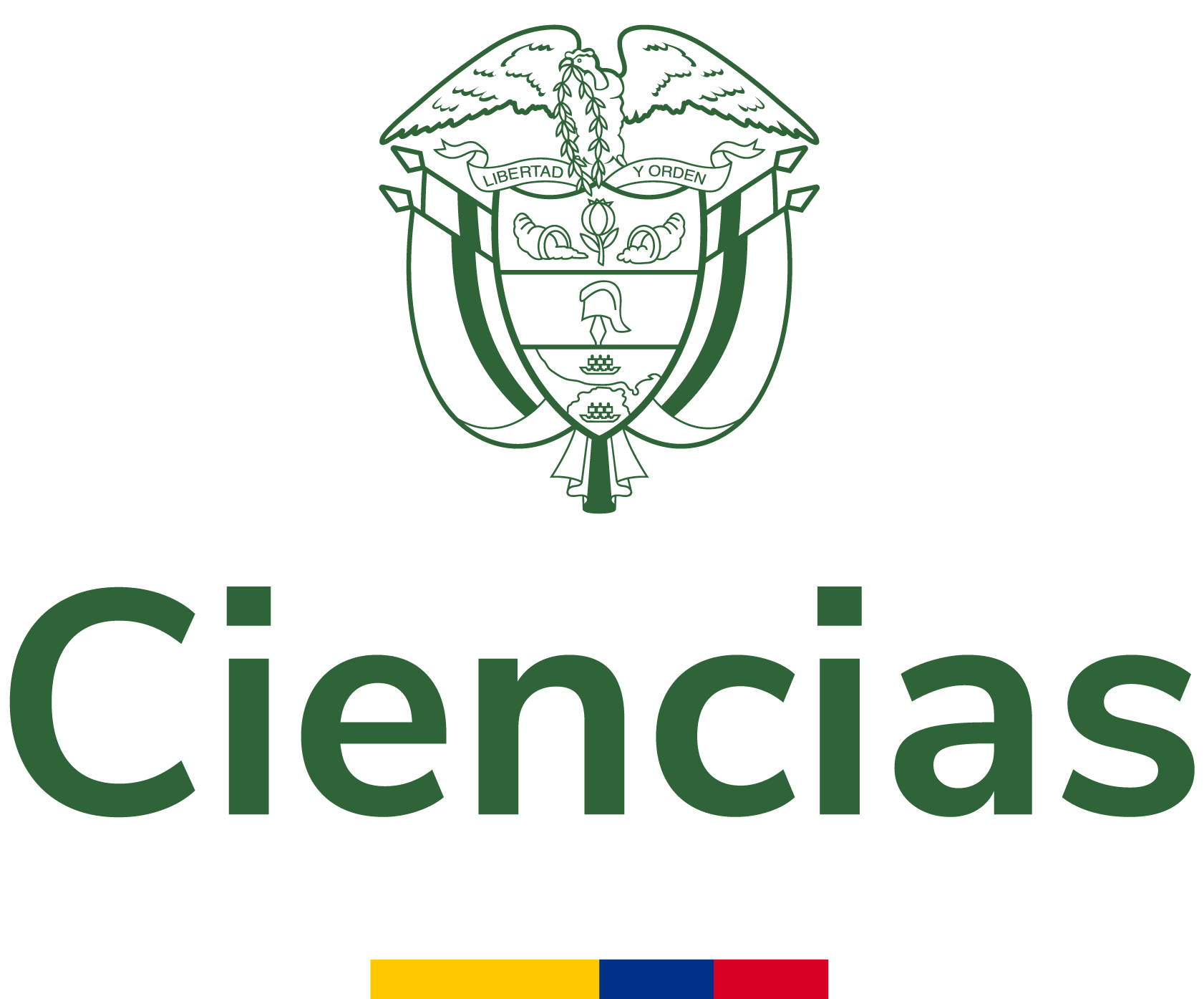The building of a research problem: women as victims of the armed conflict
This paper aims to build some clues to critically reflect on the construction of the research problem “women as victims ...
- Autores:
- Tipo de recurso:
- Fecha de publicación:
- 2019
- Institución:
- Universidad Católica de Pereira
- Repositorio:
- Repositorio Institucional - RIBUC
- Idioma:
- spa
- OAI Identifier:
- oai:repositorio.ucp.edu.co:10785/11783
- Acceso en línea:
- https://revistas.ucp.edu.co/index.php/textosysentidos/article/view/489
http://hdl.handle.net/10785/11783
- Palabra clave:
- Rights
- openAccess
- License
- Derechos de autor 2019 Textos y Sentidos
| id |
RepoRIBUC_86369e369181f8361dc13ca4c3b74d93 |
|---|---|
| oai_identifier_str |
oai:repositorio.ucp.edu.co:10785/11783 |
| network_acronym_str |
RepoRIBUC |
| network_name_str |
Repositorio Institucional - RIBUC |
| repository_id_str |
|
| spelling |
The building of a research problem: women as victims of the armed conflictLa construcción de un problema de investigación: mujeres como víctimas del conflicto armadoThis paper aims to build some clues to critically reflect on the construction of the research problem “women as victims of the armed conflict,” This problem is constructed considering the dimension of the scientific research, but also the political and social dimension that it implies. Therefore, it is assumed that every problem has a social research historicity in which different actors have participated in its construction. For this case, the State, NGOs, international organizations and Human Rights organizations have contributed in the way victim womanhood is performed. Therefore, what matters is to problematize this construction and analyze the social and political implications that it generates. En el artículo se pretende construir algunas pistas para reflexionar críticamente sobre la construcción del problema de investigación “las mujeres como víctimas del conflicto armado”, Este problema se construye considerando la dimensión científica de la investigación, pero también la dimensión social y política que ello implica. Por ello, se asume que todo problema de investigación social tiene una historicidad en la que han participado distintos actores en su construcción. En este caso, el Estado, las Organizaciones No Gubernamentales, los organismos internacionales y organizaciones de Derechos Humanos han contribuido en la manera como se performa la condición de mujer víctima. Por lo tanto, lo que interesa es problematizar esta construcción y analizar las implicaciones sociales y políticas que ello genera. Abstract: This paper aims to build some clues to critically reflect on the construction of the research problem “women as victims of the armed conflict,” This problem is constructed considering the dimension of the scientific research, but also the political and social dimension that it implies. Therefore, it is assumed that every problem has a social research historicity in which different actors have participated in its construction. For this case, the State, NGOs, international organizations and Human Rights organizations have contributed in the way victim womanhood is performed. Therefore, what matters is to problematize this construction and analyze the social and political implications that it generates.Universidad Católica de Pereira2022-06-01T19:58:28Z2022-06-01T19:58:28Z2019-06-19Artículo de revistahttp://purl.org/coar/resource_type/c_6501http://purl.org/coar/version/c_970fb48d4fbd8a85info:eu-repo/semantics/articleinfo:eu-repo/semantics/publishedVersionhttp://purl.org/coar/resource_type/c_2df8fbb1application/pdfhttps://revistas.ucp.edu.co/index.php/textosysentidos/article/view/489http://hdl.handle.net/10785/11783Textos y Sentidos; Núm. 8 (2013); 186 - 2112215-88202215-8812spahttps://revistas.ucp.edu.co/index.php/textosysentidos/article/view/489/493Derechos de autor 2019 Textos y Sentidoshttps://creativecommons.org/licenses/by-nc/4.0/deed.es_EShttps://creativecommons.org/licenses/by-nc/4.0/deed.es_ESinfo:eu-repo/semantics/openAccesshttp://purl.org/coar/access_right/c_abf2Arias Rodríguez, Gina Marcelaoai:repositorio.ucp.edu.co:10785/117832025-01-27T23:59:46Z |
| dc.title.none.fl_str_mv |
The building of a research problem: women as victims of the armed conflict La construcción de un problema de investigación: mujeres como víctimas del conflicto armado |
| title |
The building of a research problem: women as victims of the armed conflict |
| spellingShingle |
The building of a research problem: women as victims of the armed conflict |
| title_short |
The building of a research problem: women as victims of the armed conflict |
| title_full |
The building of a research problem: women as victims of the armed conflict |
| title_fullStr |
The building of a research problem: women as victims of the armed conflict |
| title_full_unstemmed |
The building of a research problem: women as victims of the armed conflict |
| title_sort |
The building of a research problem: women as victims of the armed conflict |
| description |
This paper aims to build some clues to critically reflect on the construction of the research problem “women as victims of the armed conflict,” This problem is constructed considering the dimension of the scientific research, but also the political and social dimension that it implies. Therefore, it is assumed that every problem has a social research historicity in which different actors have participated in its construction. For this case, the State, NGOs, international organizations and Human Rights organizations have contributed in the way victim womanhood is performed. Therefore, what matters is to problematize this construction and analyze the social and political implications that it generates. |
| publishDate |
2019 |
| dc.date.none.fl_str_mv |
2019-06-19 2022-06-01T19:58:28Z 2022-06-01T19:58:28Z |
| dc.type.none.fl_str_mv |
Artículo de revista http://purl.org/coar/resource_type/c_6501 http://purl.org/coar/version/c_970fb48d4fbd8a85 info:eu-repo/semantics/article info:eu-repo/semantics/publishedVersion |
| dc.type.coar.fl_str_mv |
http://purl.org/coar/resource_type/c_2df8fbb1 |
| status_str |
publishedVersion |
| dc.identifier.none.fl_str_mv |
https://revistas.ucp.edu.co/index.php/textosysentidos/article/view/489 http://hdl.handle.net/10785/11783 |
| url |
https://revistas.ucp.edu.co/index.php/textosysentidos/article/view/489 http://hdl.handle.net/10785/11783 |
| dc.language.none.fl_str_mv |
spa |
| language |
spa |
| dc.relation.none.fl_str_mv |
https://revistas.ucp.edu.co/index.php/textosysentidos/article/view/489/493 |
| dc.rights.none.fl_str_mv |
Derechos de autor 2019 Textos y Sentidos https://creativecommons.org/licenses/by-nc/4.0/deed.es_ES https://creativecommons.org/licenses/by-nc/4.0/deed.es_ES info:eu-repo/semantics/openAccess http://purl.org/coar/access_right/c_abf2 |
| rights_invalid_str_mv |
Derechos de autor 2019 Textos y Sentidos https://creativecommons.org/licenses/by-nc/4.0/deed.es_ES http://purl.org/coar/access_right/c_abf2 |
| eu_rights_str_mv |
openAccess |
| dc.format.none.fl_str_mv |
application/pdf |
| dc.publisher.none.fl_str_mv |
Universidad Católica de Pereira |
| publisher.none.fl_str_mv |
Universidad Católica de Pereira |
| dc.source.none.fl_str_mv |
Textos y Sentidos; Núm. 8 (2013); 186 - 211 2215-8820 2215-8812 |
| institution |
Universidad Católica de Pereira |
| repository.name.fl_str_mv |
|
| repository.mail.fl_str_mv |
|
| _version_ |
1844493998852407296 |






